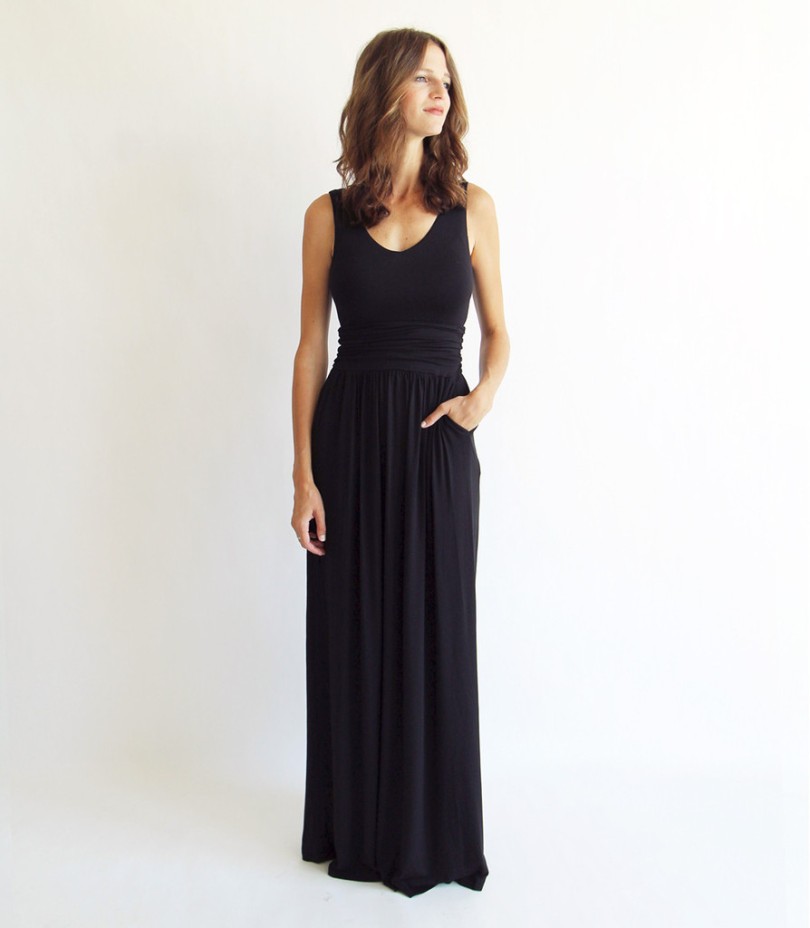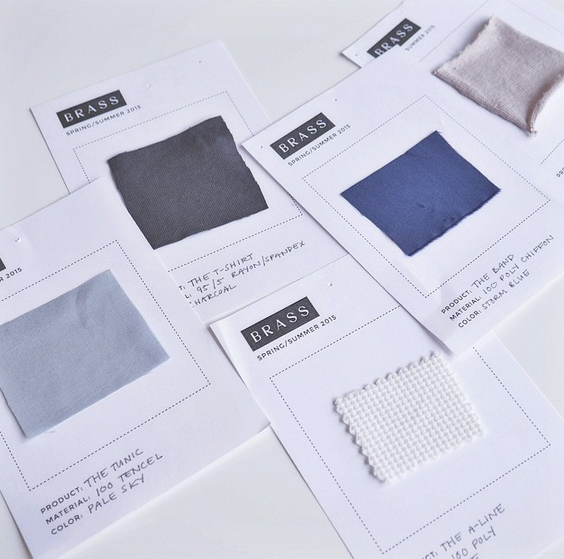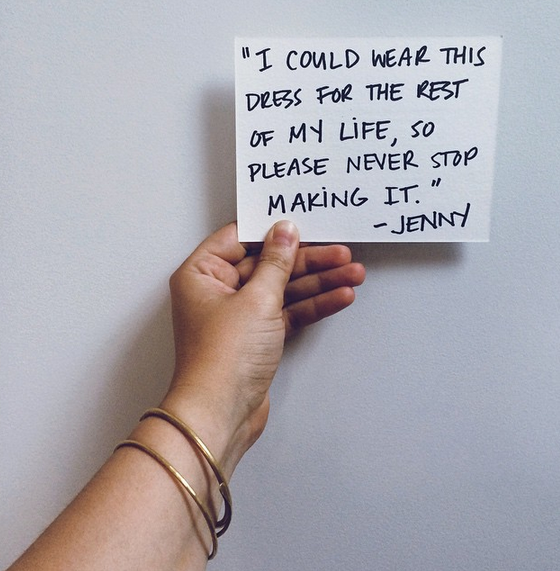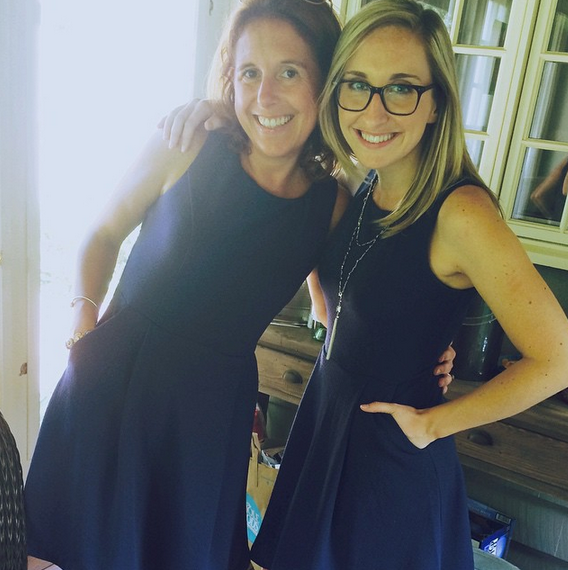Just Because You Have an MBA Doesn’t Mean You’re Good at Marketing
I was recently talking to a good friend in the e-commerce world. She was telling me about a candidate she interviewed for the role of marketing director. The woman had amazing credentials; an ivy league undergrad degree and an MBA from a top tier program. The candidate was perfect on paper, but in the end she did not get the job. When I asked my friend why, she told me the candidate was lacking EQ. One’s EQ – similar to IQ – measures your emotional intelligence. “It’s too bad…” she said, “given her other abilities, she could’ve been a rock star.”
Why is it so important for your marketing director to have high EQ?
Nowadays, marketers have an abundance of data and analytics at their fingertips. These resources allow you to understand the industry and make intelligent marketing decisions. However, a marketing strategy based only on IQ (i.e. information derived from data and analytics) will not be enough to set your brand apart. A marketing director who sets a strategy based only on data will miss the emotional piece.
Marketers with strong EQ understand the human side of their business. A strategy that utilizes emotional intelligence is more likely to:
- Foster engagement
- Encourage empathy and the understanding of customer needs
- Help form relationships with customers and build a community
All of this will ultimately build a brand that people fall in love with.
When Jay, my co-founder, and I launched Brass in 2014, we knew that we wanted to establish a strong connection with our customers. We knew that tapping into the emotional side was going to be a hallmark of our marketing. With so many clothing brands out there, we needed to give women a reason to try us out. So we opened up, and did our best to make connections with anyone interested in hearing our story.
With that, I’m going to share a few ways that we’ve found success in connecting with customers and building the Brass community.
1. We put a face to the name.
Jay and I want people to get to know us. We spend a lot of time writing on our blog, doing interviews and posting photos to Instagram, Facebook and Twitter. We want customers to see our faces and hear our voices regularly. Our hope is that customers get to know our personalities. We keep things light-hearted because that’s the kind of people we are. And, when we get the opportunity to meet customers over email or in person at an event, they feel like they know us already. It keeps things fun, and more importantly, keeps people engaged. We’ve found our customers like supporting our company because they know there is a face behind the brand.
We’ve also found that people have connected to our brand because of our model. Bridget Hunt is not only a beauty, she’s also a successful lifestyle blogger. We asked Bridget to model because we loved her effortless style and natural beauty. I wish I could say we had the forethought to know that having a well-liked lifestyle blogger would help draw people to the Brass community. But we just got lucky with that one!
2. We Ask for Input
From Day 1, we’ve included our customers in decision making. We send out surveys that ask for feedback on silhouettes. We post fabric swatches on Instagram and ask for people to choose their favorite color. We make it a point to consistently give our customers the opportunity to provide input.
This customer feedback has been beneficial in several ways. For example, when we decided to do a sweater dress, we asked if customers wanted to see it in charcoal or camel. Jay and I were leaning towards camel, but the results overwhelmingly said charcoal. If we hadn’t asked, we would’ve made a dress that customers didn’t want and would not buy. In addition, the poll involved customers in the design process and made the launch of the dress much more exciting. We teased the dress on Instagram and were able to tell people, “Remember that dress you helped us design? Well, now it’s here!”
We find that asking for input gets people engaged and invested from the beginning. When we ask for feedback, our product launches are more successful. We sell more dresses on the launch date and have more engagement on social media. The surveys give us a better idea of what the customer wants and allows us to design a product they actually want. In turn, the customers gets excited and tells her friends about Brass. Win-win.
3. We Share As Much As Possible
We try to share as much as possible. It can be hard to put everything out there as a startup, but we find that the more we put out there, the more support we receive from customers. We share ideas for new products, survey results, photos of our office, events we attend, and our favorite customer reviews. We’ve even shared return slips so people can see why someone might have returned an item. We put all of this out into the world through Instagram, Facebook, Twitter, Vimeo and email so we are in a constant communication with our community. This type of sharing and level of transparency fosters an honest relationship with the customer. They trust us more as a company and are more willing to try out our product.
We also evaluate the type of content we are sharing. If a certain type of blog post or photo receives unusually high engagement, we try to determine why our customers found it interesting. Then, we make it a priority to always share that kind of information.
We did a Kickstarter campaign in May of 2015 as a way of raising funds to produce our spring line. It was also an awesome opportunity to share more information about our design and production process as well as talk about our brand. If you’ve ever considered doing a Kickstarter campaign, I suggest you read Jay’s blog post.
Conclusion
As a marketer, you should always be thinking about your own EQ. You must continually infuse what you know about how your customer thinks and feels into your marketing strategy. If you can do this effectively, you will create a memorable brand that your customers love and connect with over and over again.
Further reading: To learn more about EQ, Katie recommends this article from Forbes.










